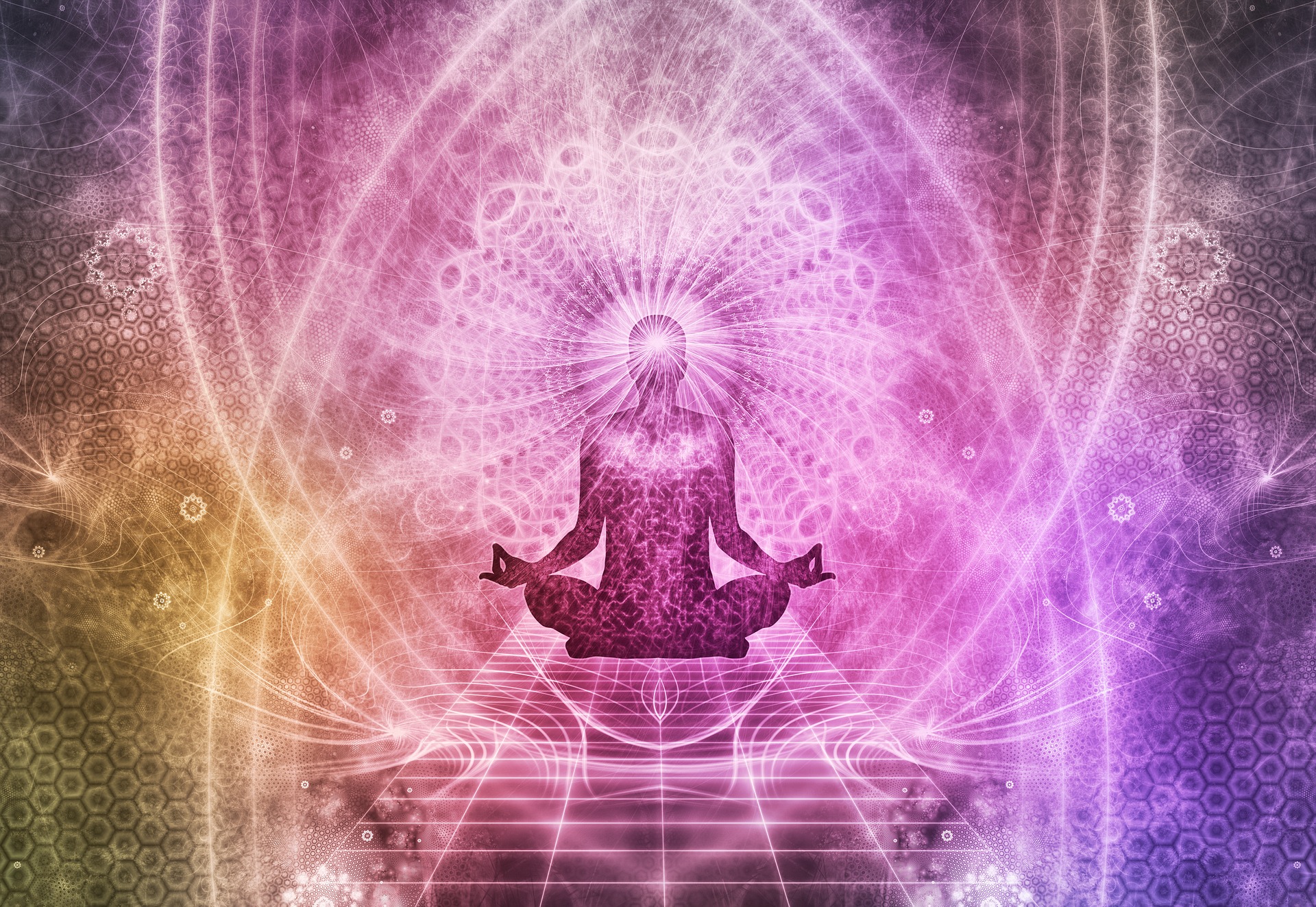In recent health news, the FDA approved the world’s very first ketamine depression solution. This nasal spray, which starts working in a matter of hours, is reserved for severe, treatment-resistant depression. If using ketamine to help depression seems strange to you, you should know there’s a lot of science showing the connection between psychedelic drugs and depression.
Down with DMT
DMT, or Dimethyltryptamine, is a hallucinogenic found in many plants and animals. In certain Amazonian tribes, the ingredient is used in medicine. While it isn’t as well-known as LSD or magic mushrooms, it is a powerful drug. Some consider it the most powerful psychedelic in the world. Scientists took a look at how DMT affects the brain by giving rats one dose. These rats had been taught to fear electric shock, so they had symptoms similar to PTSD. What did the DMT do?
In a brain that hasn’t been given DMT, anxiety and depression cause neurites in the prefrontal cortex to shrivel up. This part of the brain is responsible for regulating emotion and mood. When given DMT, however, the rats with PTSD did not have their neurites shrivel. In fact, they increased the number of dendrites that branch off from these nerve cells, thereby reducing the feelings of depression and anxiety. The research also showed that other drugs like magic mushrooms and LSD do the same thing and help with nerves making connections in the brain. We know ketamine can help with mental illness, but this research shows there is promise with other psychedelic drugs and depression.
Got milk?
DMT can be found in animals, and so can tryptamine, another psychedelic. The Colorado river road secrets a white, milk-like substance with 5-MeO-DMT, which is similar to the DMT used in the rat study. When you dry this “milk,” it can actually be smoked, leading the user on a powerful trip. Some people have used this to treat their depression and anxiety, so scientists decided to test it for real. 42 study participants smoked the toad milk and were tested. At the end of the study, researchers revealed that depression rates had gone down by 18% the day after smoking, while anxiety went down by 39% and overall stress by 27%. Four weeks later, depression had dropped even further, by 68%. Why?
The researchers aren’t sure. They think it might be because 5-MeO-DMT increases neuronal growth and development, much like DMT did in rats traumatized by electric shocks, but it could also be that the drug is binding to certain receptors in the brain and reducing inflammation. There will need to be a lot more research before toad milk hits the market as a depression treatment. Worried about the frogs? Creating a synthetic version is very easy, and it has the same effect on the brain.

A “heightened sense of spirituality” can lead to less anxiety and depression.
A spiritual state of mind
Remember that Amazonian medicine we mentioned? It’s known as “ayahuasca,” and it was part of a study that looked at the effects of LSD and magic mushrooms, also known as psilocybin. When study participants took these types of drugs, they had a “heightened sense of spirituality.” Their emotional regulation also improved, which led to less anxiety and depression. In a study with 159 people, they were able to better relate to their emotions. It makes sense that psychedelics have been used for millennia in religious ceremonies and rituals to help people find balance and stability. Uniting psychedelic drugs and depression is not a new concept.
————-
Interested in learning more about ketamine, a drug that’s been approved by the FDA for treating depression? Click here.




